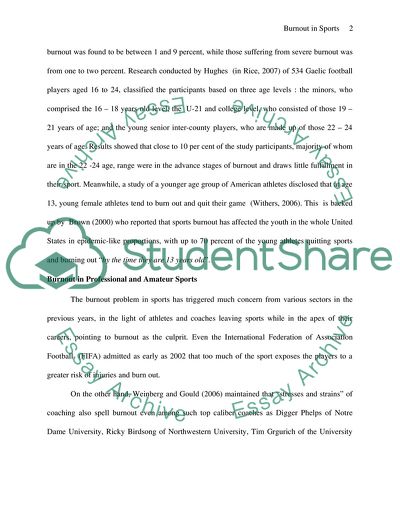Cite this document
(Burnout In Sport and Its Prevention Term Paper Example | Topics and Well Written Essays - 2828 words, n.d.)
Burnout In Sport and Its Prevention Term Paper Example | Topics and Well Written Essays - 2828 words. Retrieved from https://studentshare.org/sports-and-recreation/1713012-burnout-in-sport
Burnout In Sport and Its Prevention Term Paper Example | Topics and Well Written Essays - 2828 words. Retrieved from https://studentshare.org/sports-and-recreation/1713012-burnout-in-sport
(Burnout In Sport and Its Prevention Term Paper Example | Topics and Well Written Essays - 2828 Words)
Burnout In Sport and Its Prevention Term Paper Example | Topics and Well Written Essays - 2828 Words. https://studentshare.org/sports-and-recreation/1713012-burnout-in-sport.
Burnout In Sport and Its Prevention Term Paper Example | Topics and Well Written Essays - 2828 Words. https://studentshare.org/sports-and-recreation/1713012-burnout-in-sport.
“Burnout In Sport and Its Prevention Term Paper Example | Topics and Well Written Essays - 2828 Words”. https://studentshare.org/sports-and-recreation/1713012-burnout-in-sport.


